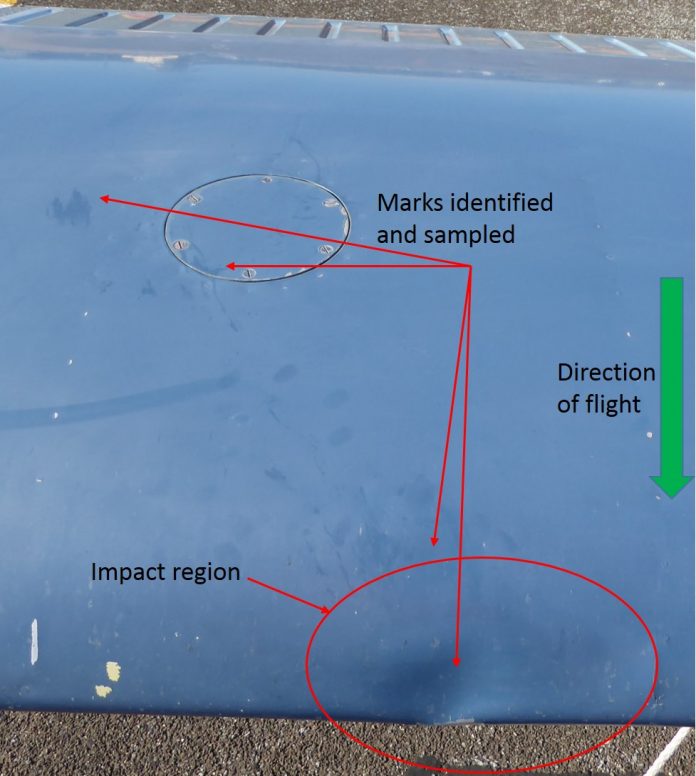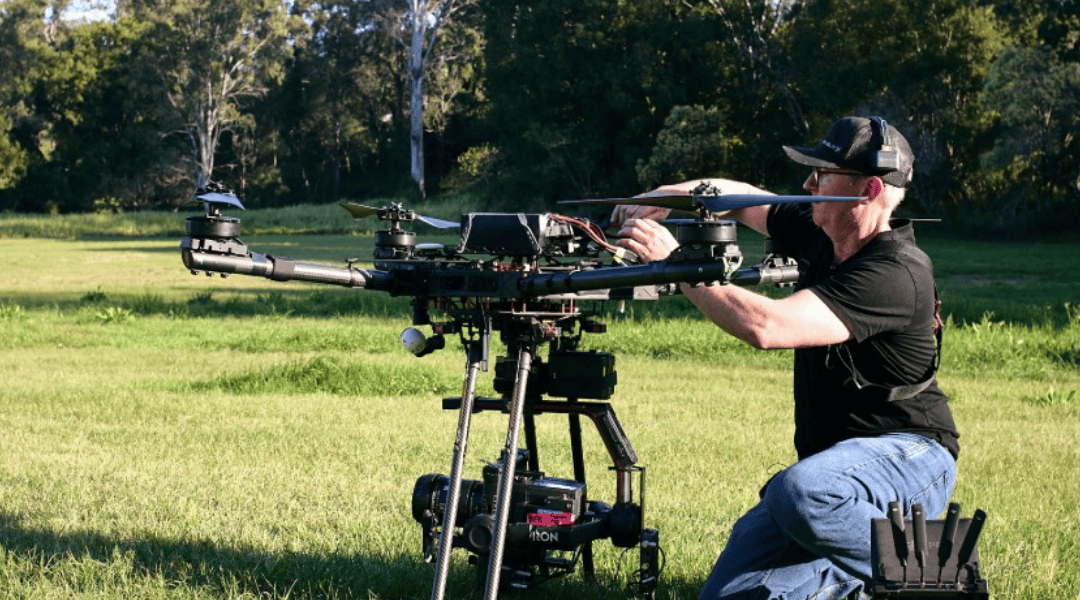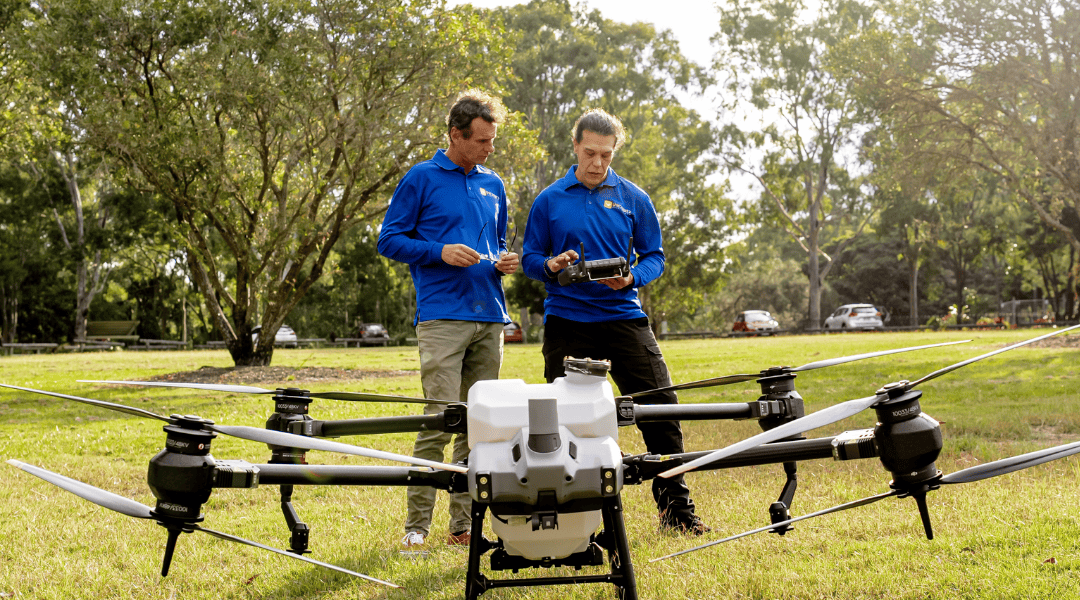The ‘drone strike’ widely reported to have taken place at Parafield airport, near Adelaide, has turned out to be a bat strike.
DNA analysis by the Australian museum found ‘several smear-type marks’ on the aeroplane’s wing leading edge were consistent with a grey headed flying fox, a large bat with a wingspan of up to 1 metre and a range of up to 50 km from its roost.
The incident happened on 11 July, to a Socata TB-10 Tobago being flown in a night lesson. On final approach about 500 ft above ground level, the student and instructor heard a loud thud and the right wing suddenly dropped. The instructor suspected a bird strike and radioed the control tower requesting a full-stop landing.
An inspection after landing found minor damage to the right wing. As no signs of biological matter could be seen in the night, the instructor contacted the control tower and reported the incident as a possible drone strike.
The Australian Transport Safety Bureau has discontinued its investigation into the matter. ATSB chief commissioner, Greg Hood, noted there had been 1954 incidents and accidents involving aircraft collisions with wildlife reported to the ATSB in 2016.
‘Our research has found that bats and flying foxes, swallows and martins, kites, and lapwings and plovers are the most commonly struck type of flying animal,’ Hood said. He acknowledged the work of the Australian Centre for Wildlife Genomics at the Australian Museum which analysed the tissue samples.
Flight Safety Australia has focused on wildlife strikes in 2014, 2016, and this year.





